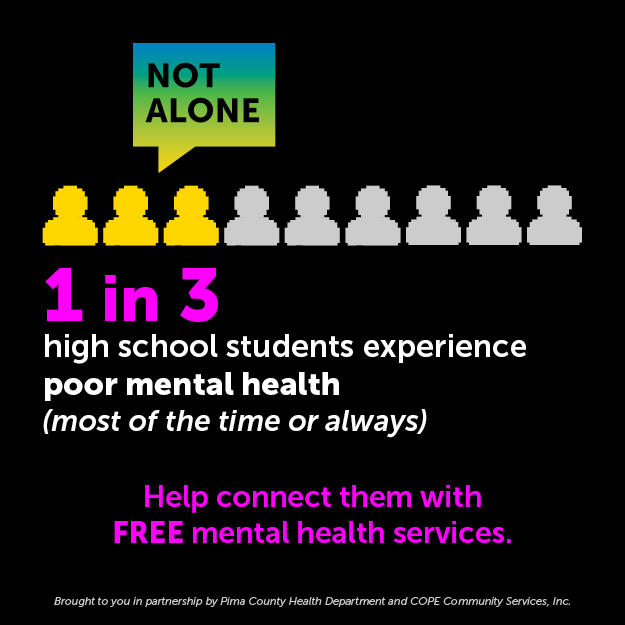FOLLOW @JAVIERJMORALES ON TWITTER!
[rps-paypal]

[ezcol_1half id=”” class=”” style=””]
The inaugural Arizona Bowl between Colorado State and Nevada on Tuesday night drew only 20,425 fans at Arizona Stadium. The initial reaction might be to just disband the bowl and say Tucson tried.
The number is far below the attendance of the last Insight.com Bowl in Tucson 16 years ago when Colorado beat Boston College in front of 35,672 at Arizona Stadium. The apathy caused bowl organizers to shift their operation to Phoenix.
The less-than-half capacity crowd at Arizona Stadium (56,029 seats) on Tuesday night at least witnessed a thrilling finish with Nevada winning 28-23 behind running back James Butler’s 4-yard touchdown run with 1:06 left in the game.
In comparison to other bowls and locales, the Arizona Bowl and Tucson should continue this operation over the long haul.
Twenty-four bowls are completed as of Tuesday and the Arizona Bowl ranks 19th in attendance. The Heart of Dallas Bowl between Washington and Southern Mississippi ranks 20th at 20,229 and the Famous Idaho Potato Bowl in Boise, Idaho, is next at 18,876. The Heart of Dallas Bowl completed its sixth year. The Potato Bowl is 20 years old.
The Arizona Bowl was sanctioned by the NCAA only seven months ago. It was officially announced on Oct. 1 as the Nova Home Loans Arizona Bowl.
[/ezcol_1half]
[ezcol_1half_end id=”” class=”” style=””]
Offensive MVP James Butler, who rushed for 189 yards:
Butler: "I want to give it to the Arizona Bowl. You guys treated us awesome. We really appreciate it. We would love to come back to Tucson."
— Javier Morales (@JavierJMorales) December 30, 2015
Nevada coach Brian Polian:
Nevada coach Brian Polian on @AZBowlGame: "This game is going to grow and be a really good destination for people."
— Javier Morales (@JavierJMorales) December 30, 2015
Announced crowd of 20,425 at the #ArizonaBowl tonight. pic.twitter.com/wBiRdDriMc
— Empty Seats Galore (@EmptySeatsPics) December 30, 2015
[/ezcol_1half_end]
2015 BOWL GAME ATTENDANCE FIGURES
Compiled by AllSportsTucson.com
[table “” not found /]
“This game is going to grow and be a really good destination for people,” Nevada coach Brian Polian said in the postgame press conference.
The shortcomings of generating local support from the bowl should be a learning experience for Arizona Bowl organizers. If they worked this hard to get the game off the ground in a short period of time, a similar effort should bring improvement in the future.
The last bag of Idaho Potatoes I bought had more eyes than attendance at the Idaho Potato Bowl. pic.twitter.com/dd2irefJRS
— BigHeadSports (@BigHeadSports) December 23, 2015
Older bowls have experienced drastic attendance declines this season.
Other bowl games with biggest attendance dip from last year: Pinstripe (-11,794), Poinsettia (-11,576), Heart of Dallas (-11,068).
— Kevin Connelly (@Connelly_Times) December 29, 2015
The declining numbers can be related to the talent on the field with a watered-down amount of teams in 41 bowl games. Two Mountain West teams played in the Arizona Bowl because other bowls already filled their allotment. The Mountain West conference commissioner went so far as to criticize the bowl setup because two of his teams had to face each other.
Locals also do not feel the need to attend the games for a variety of reasons. TV and social media makes them stay home. Paying more than $20 for a ticket to sit in the cold weather, watching two teams without a rooting interest, is another difficult obstacle for bowl organizers to overcome.
The Arizona Bowl does not have a major network affiliate. The game was streamed live nationally via Sports 120 (Campus Insiders) and shown on various cable outlets through the American Sports Network.
As bad as it may seem, the Arizona Bowl has laid the foundation for the opportunity to grow, as Polian suggested.
If regional cities Albuquerque (New Mexico Bowl) and El Paso (Sun Bowl) can stage long-standing bowl games, why not Tucson? The city has the scenic mountain and desert atmosphere, plush resorts, decent weather, Old Tucson, Mexican food and the block party at Tucson’s rejuvenated downtown.
“We would love to come back to Tucson,” Nevada running back James Butler said.
Nevada survives and holds off Colorado State to win the #ArizonaBowl, 28-23, led by James Butler's 189 Yds, 2 TD pic.twitter.com/yQUt5hNUAf
— 120 Sports (@120Sports) December 30, 2015
The inaugural New Mexico Bowl in 2006 drew 34,111 but it included hometown New Mexico in the game against San Jose State (coached by former Arizona coach Dick Tomey).
The Sun Bowl is the second-oldest bowl behind the Rose Bowl. It has established itself as one of the best non-major bowl games with a $1.9 million payout per team because the locals genuinely support the game every year.
UTEP does not have the kind of program Rich Rodriguez and Arizona has in the Pac-12. Perhaps El Paso residents are starved for big-time college football. The fact is the game has become a happening in El Paso. Can Tucson become the same way?
Bowl officials must incorporate the whole city from the foothills to South Tucson, from Vail to “A” Mountain, to make it happen. Local businesses must become more involved by purchasing blocks of tickets. They can gain much more in return. A thriving, well-attended, popular bowl could bring as much as $25 million to the Tucson economy, estimates bowl founder Ali Farhang.
Tucson should jump at the opportunity to show it can stage a bowl without the fear of disbanding or, Heaven forbid, having to move to Phoenix.
ALLSPORTSTUCSON.com publisher, writer and editor Javier Morales is a former Arizona Press Club award winner. He has also written articles for Bleacher Report and Lindy’s College Sports.





























